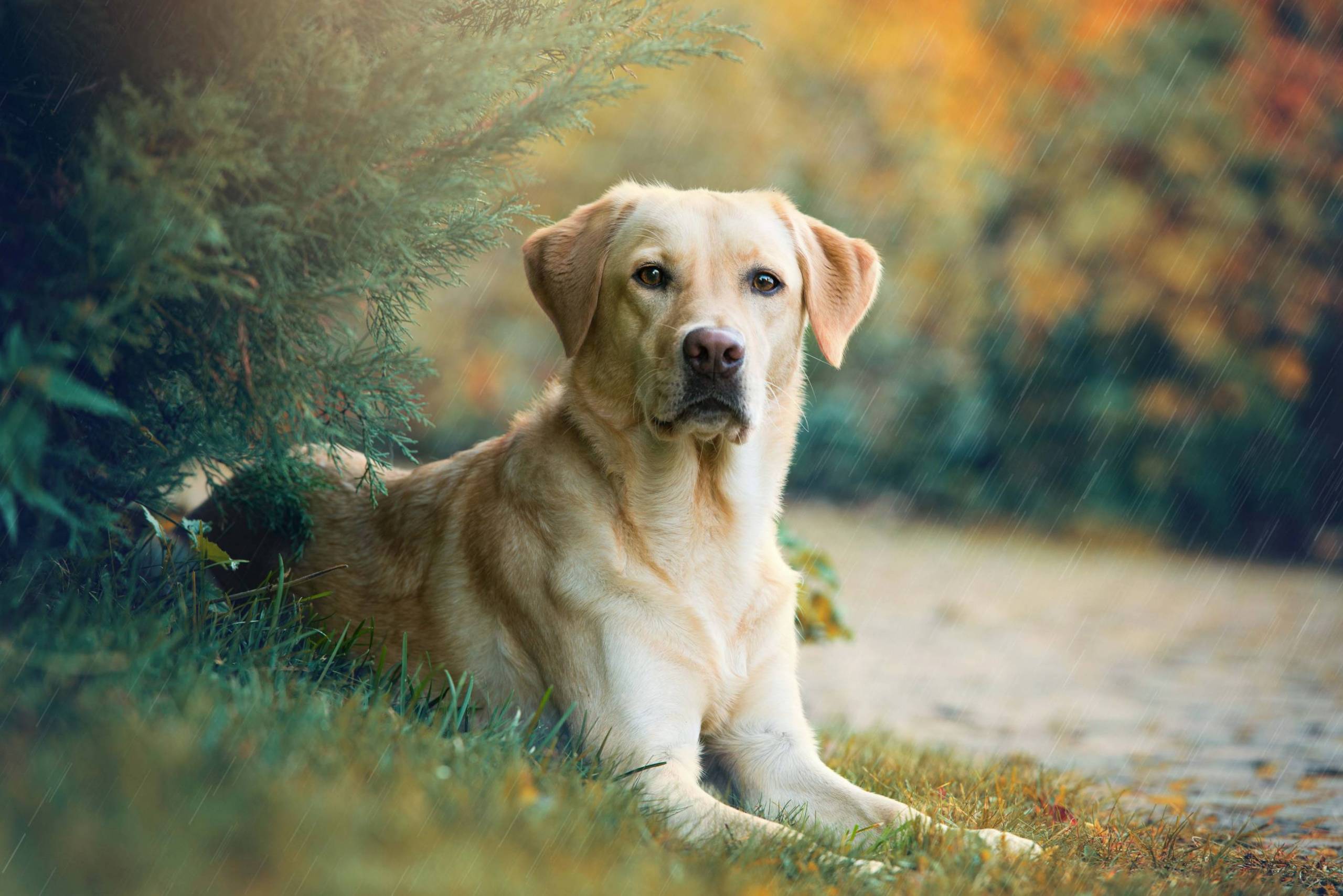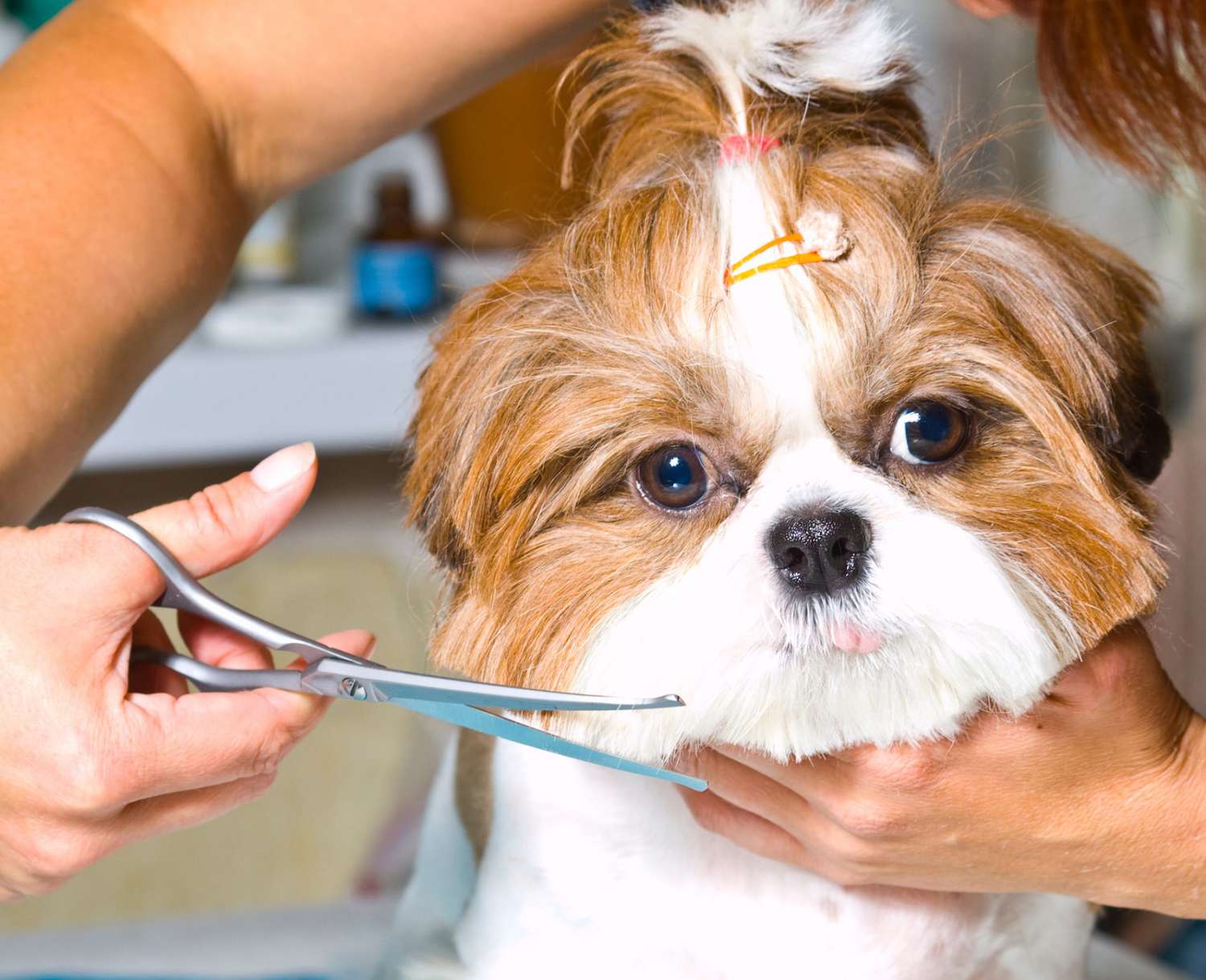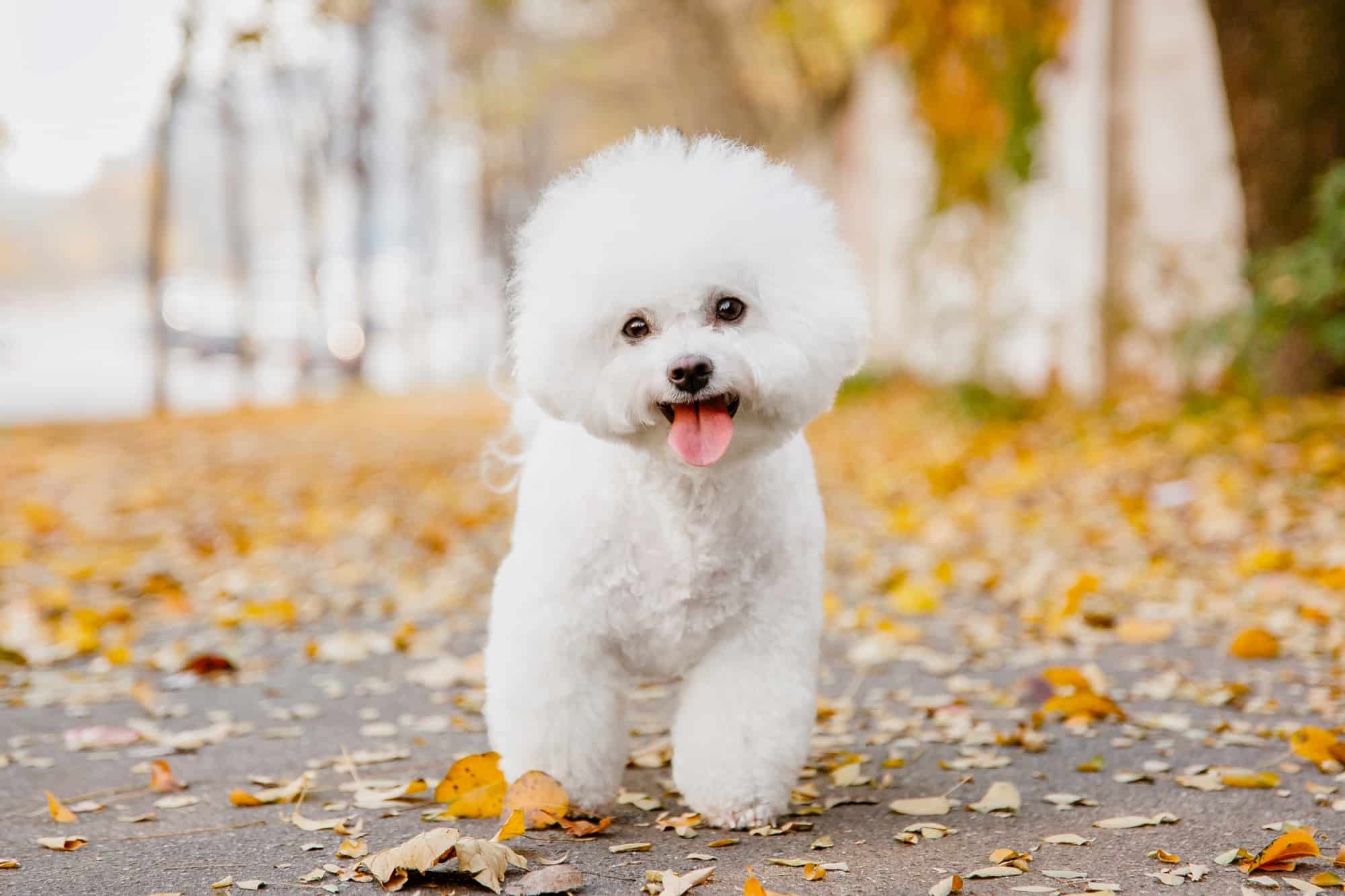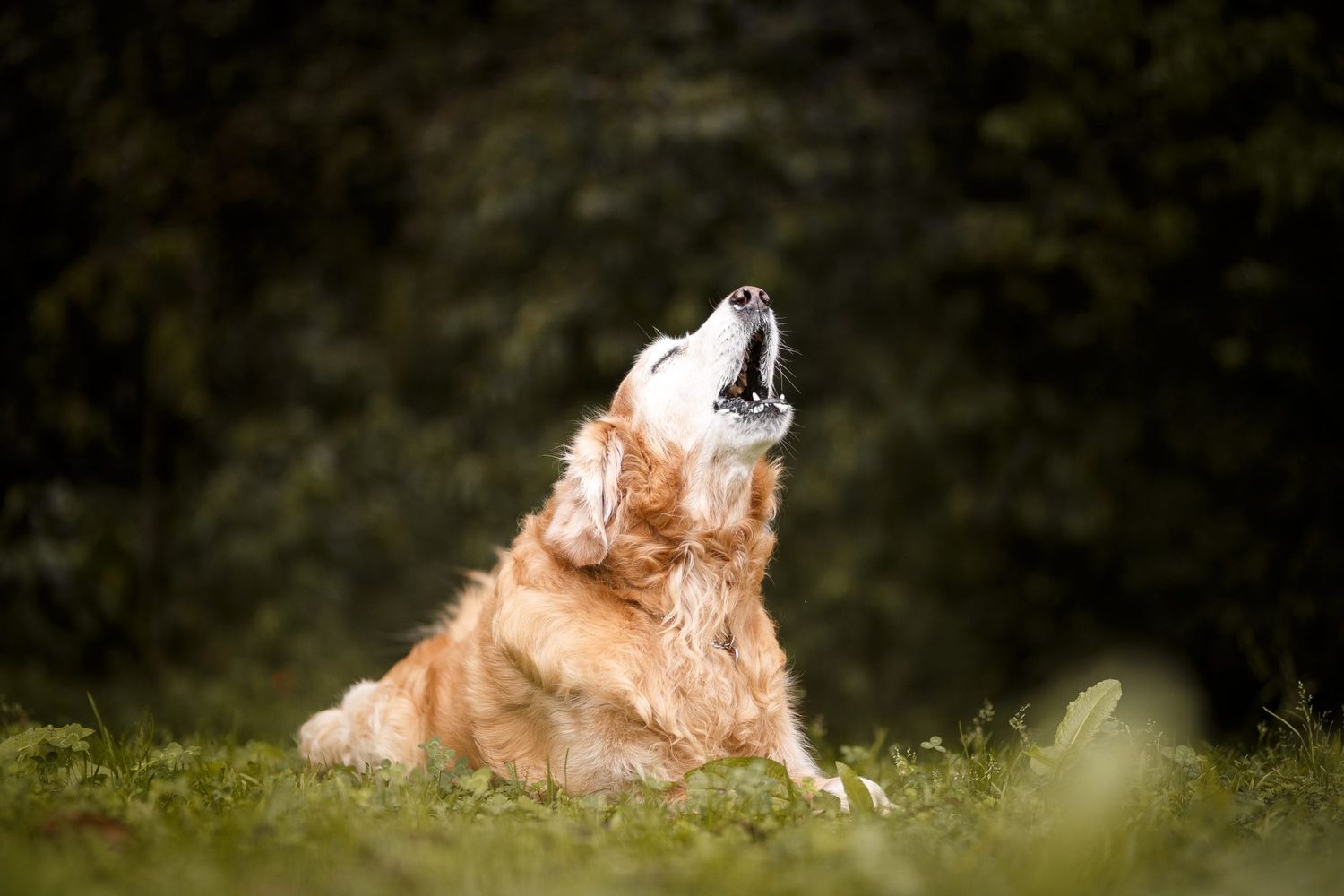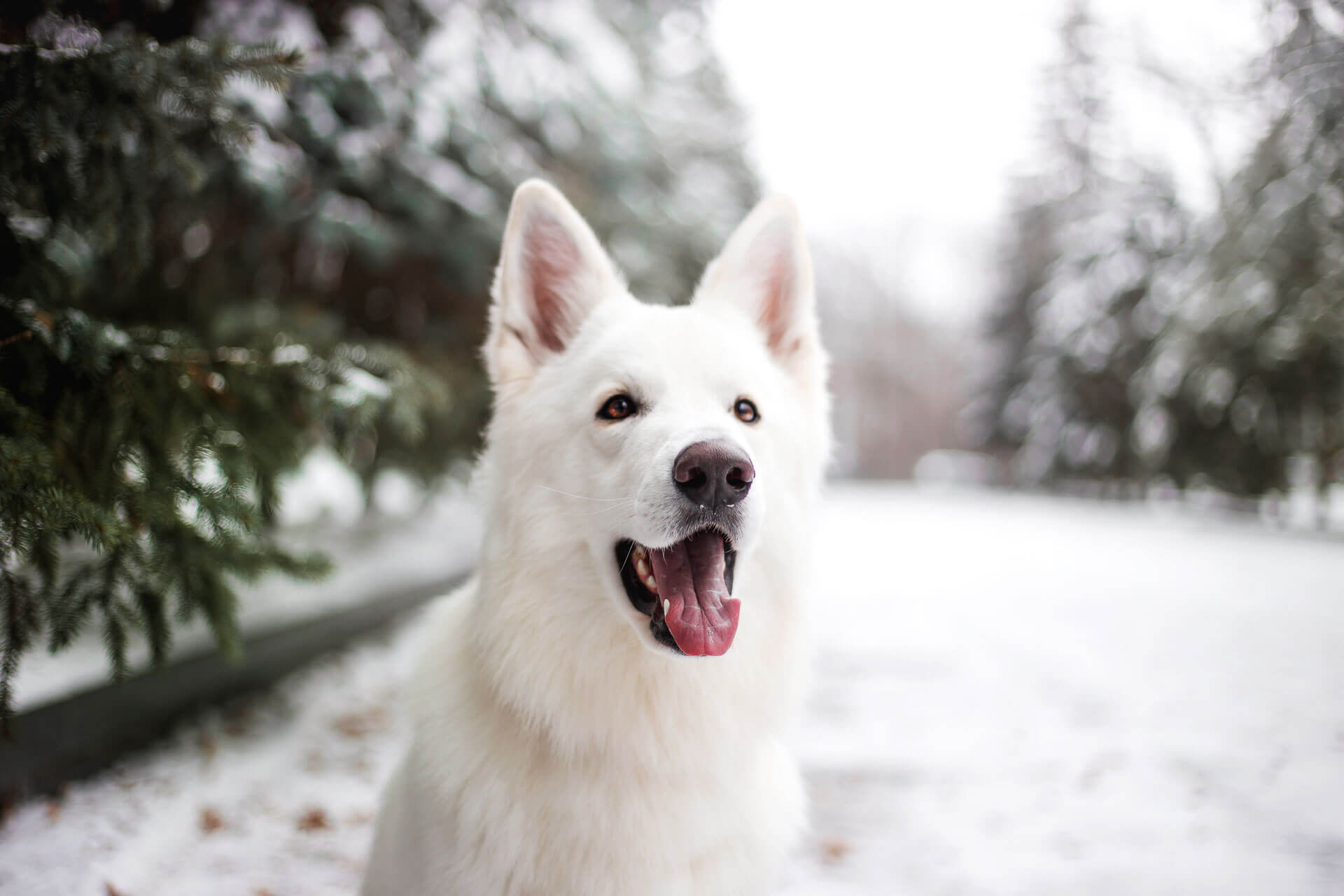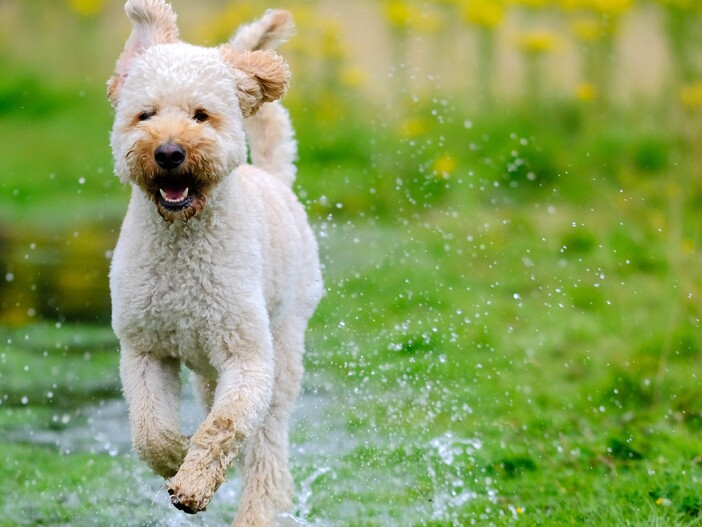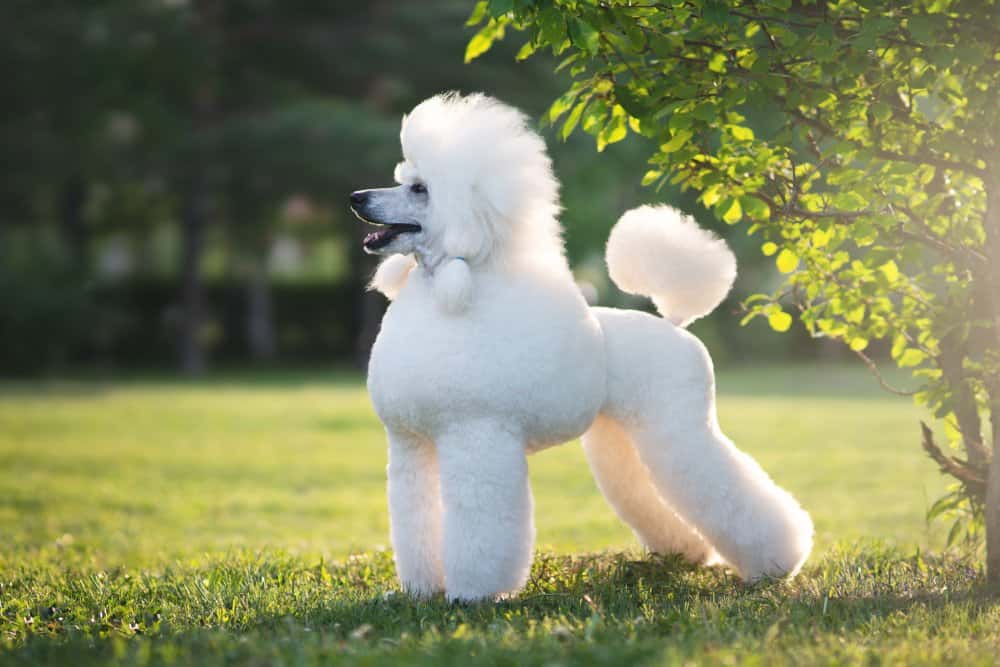Blue dogs are a unique and sought-after type of dog breed. Although they are not actually blue, but rather a grey-silver color, many blue dog breeds have blue noses and eyes, and their exact shade of blue can vary from dog to dog.
Blue dogs come in all sizes, and some breeds are known for their blue coat, while others carry the blue coat gene outside the breed standard.
You are reading: 10 Types Of Blue Dog Breeds
Many blue dog breeds are highly prized for their good looks and unique blue coat markings, including blue tick, blue merle, blue harlequin, and blue brindle. In this article, we will explore 10 types of blue dog breeds.
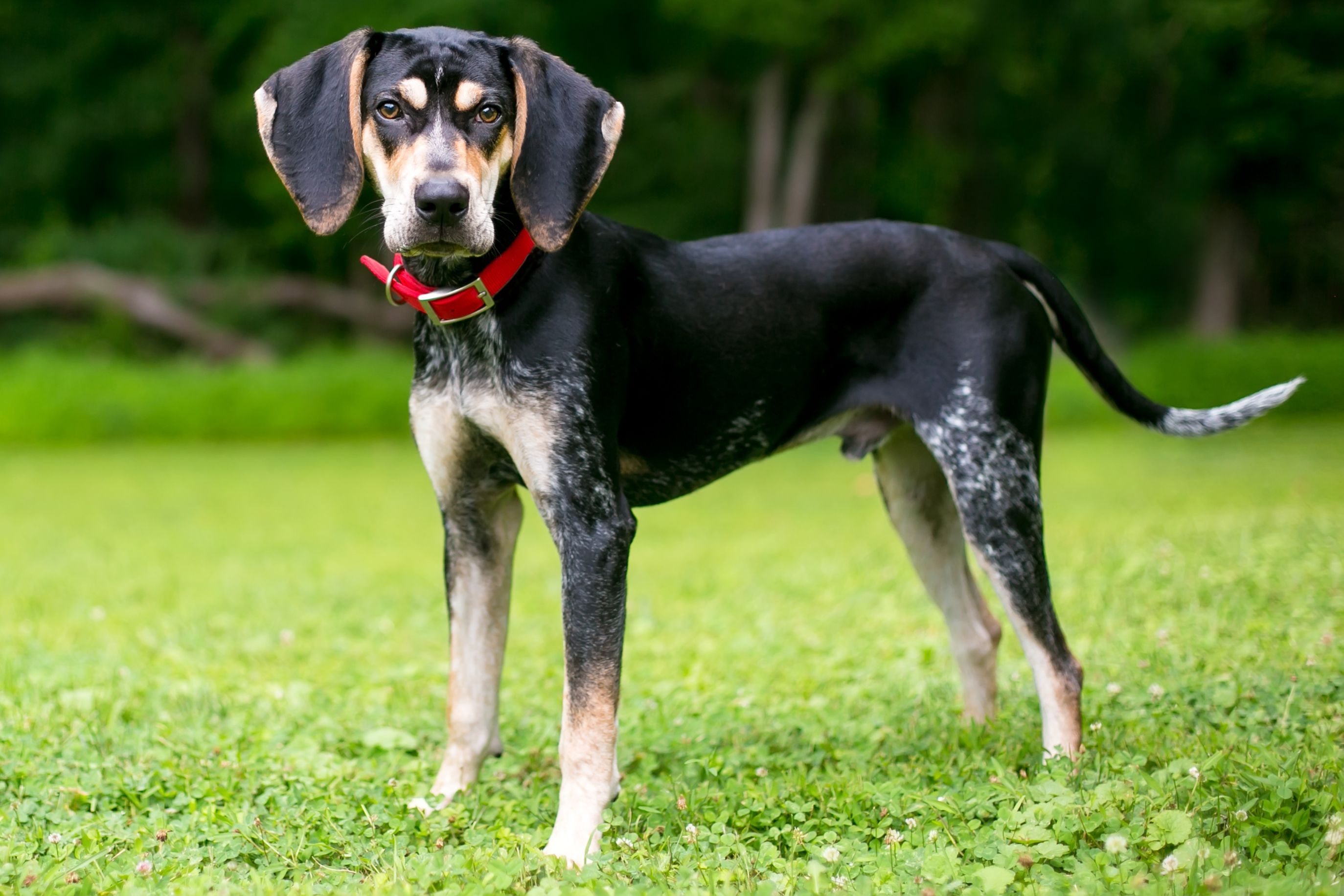
10 Types Of Blue Dog Breeds
Australian Cattle Dog
The Australian Cattle Dog, also known as the Blue or Red Heeler, is a breed of herding dog that was developed in Australia for droving cattle over long distances across rough terrain. This medium-sized, short-coated dog comes in two main color forms, blue and red.
As with dogs from other working breeds, the Australian Cattle Dog is energetic and intelligent with an independent streak. It responds well to structured training, particularly if it is interesting and challenging.
The breed is known to nip running children, but it forms a strong attachment to its owners and can be protective of them and their possessions.
The Australian Cattle Dog is easy to groom and maintain, requiring little more than brushing during the shedding period. It is a sturdy, muscular, compact dog that gives the impression of agility and strength, with a broad skull, muscular cheeks, and a medium-length, deep, powerful muzzle.
The breed is highly trustworthy and reliable, making it an excellent watchdog and protection dog.
Kerry Blue Terrier
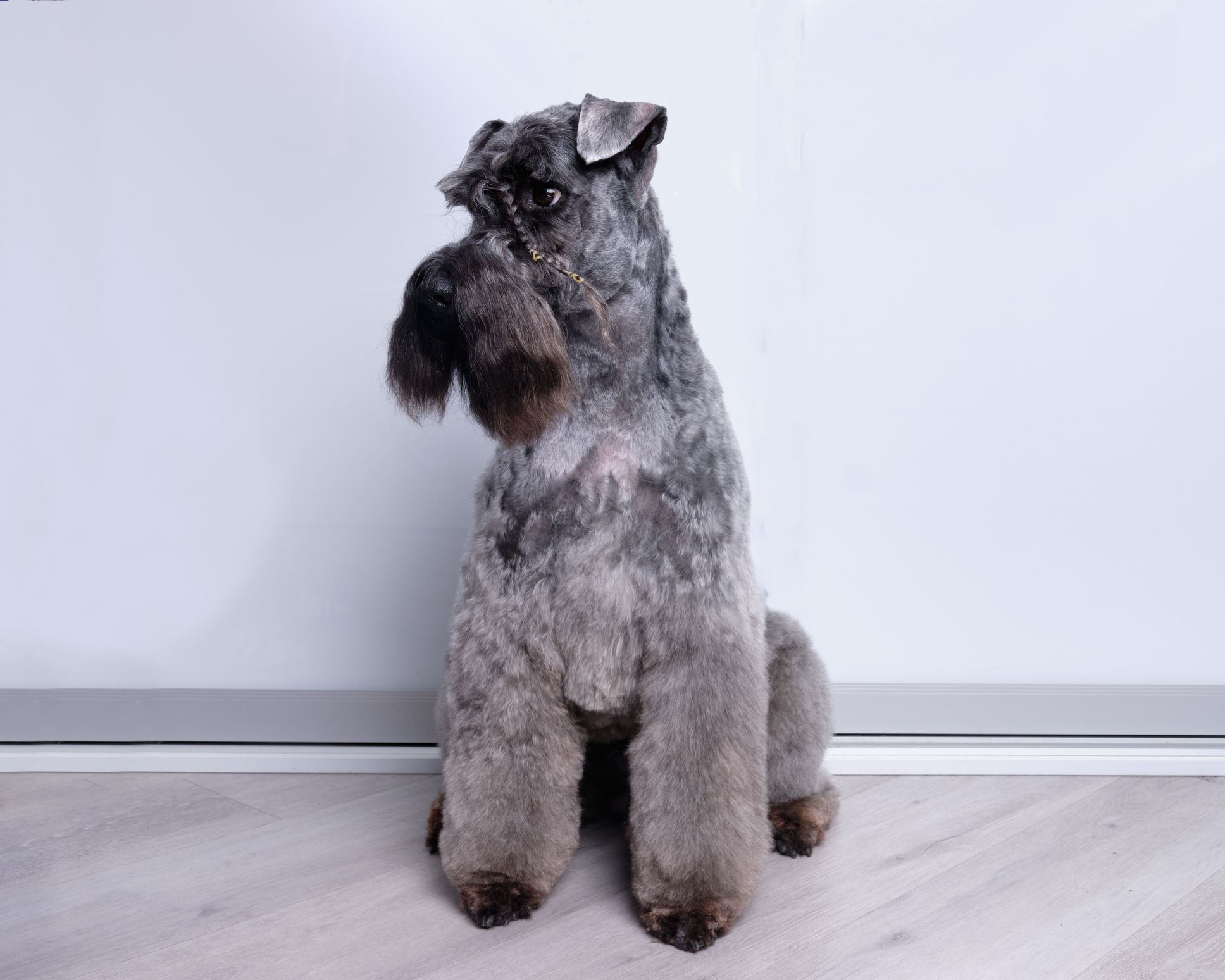
The Kerry Blue Terrier is a breed of dog that originated in County Kerry, Ireland. This hard-working, independent, and athletic dog was bred to hunt small game and birds, kill rodents, and herd sheep and cattle.
The Kerry Blue Terrier is typically good-natured with people of all ages, including children, and makes an excellent family dog. They are loyal, obedient, and athletic, and when properly trained and socialized, they can make a good watchdog.
Some characteristics of the Kerry Blue Terrier include a long head, flat skull, deep chest, and a soft wavy-to-curly coat that comes in several shades of “blue”, the general term outside this breed being progressive grey.
Puppies are born black; the blue appears gradually as the puppy grows older, usually up to 2 years of age. The Kerry Blue Terrier is animated, playful, and comical, and they stand at a height of 17.5-20 inches (44-51 cm) .
Weimaraner

The Weimaraner, also known as the “Gray Ghost,” is a large dog breed that was originally bred as a hunting dog in the early 19th century. Early Weimaraners were used by royalty for hunting large game such as boar, bear, and deer.
The breed is known for its speed, stamina, great sense of smell, great eyes, courage, and intelligence. As Germany’s forests shrank and big game became scarce, the Weimaraner’s handlers turned the breed’s talents to hunt birds, rabbits, and foxes.
The Weimaraner is a moderately large, athletic, working dog with a medium-sized head, moderate stop, and a nose that is usually gray.
The breed is intelligent, affectionate, and active, and loves people and children. They are loyal, obedient, and inquisitive, making them an involved family member.
The Weimaraner requires a lot of physical activity and mental stimulation, and they make excellent travel companions that love to join their family on driving vacations and weekend outdoor adventures.
Boston Terrier
The Boston Terrier is a breed of dog that originated in the United States of America. This “American Gentleman” was accepted in 1893 by the American Kennel Club as a non-sporting breed.
Read more : Discover The Top 8 Largest Pit Bull Breeds
The Boston Terrier is small and compact with a short tail and erect ears. They should be either black, brindle, or seal with white markings.
The breed is highly intelligent and very easily trained. They are friendly and can be stubborn at times. The average life span of a Boston Terrier is around 11 to 13 years.
The Boston Terrier is a gentle breed that typically makes an excellent family pet and companion. They love children and amuse people of all ages with their antics and unique, appealing expression. They are especially good companions for older people and apartment dwellers. A
lthough gentle and even-tempered, they can have the spunky attitude of their terrier ancestors. The Boston Terrier has been popular since their creation a little more than a century ago.
They were originally bred to be fighting dogs, but today, they’re gentle, affectionate companions with tuxedo markings, which are white with black, brindle, or seal.
Chihuahua
Blue Chihuahuas are a rare type of Chihuahua that have a distinct dull grey and silver coat color, which is often mistaken for blue. The blue color in a Blue Chihuahua is based on skin pigmentation, not fur color, and is more of a gray than an actual blue.
Blue Chihuahuas can be either apple head or deer head Chihuahuas and are produced from mating a black and tan Chihuahua, a chocolate, or even another blue Chihuahua. The blue color can also be in addition to other colors such as tan or white.
Blue Chihuahuas have a blue tint on their fur, as well as the rim around their eyes, nose, and pads of their little paws. Blue Chihuahuas are not recognized by the American Kennel Club (AKC) and are not considered a separate breed, but rather a rare color variation of the Chihuahua breed.
Despite their rarity, Blue Chihuahuas make great pets and are known for their affectionate and loyal nature.
Bearded Collie
The Bearded Collie is a medium-sized, strong working dog that comes in four main colors: black, blue (dilute black), brown, and fawn (dilute brown).
The blue Bearded Collie is a black Bearded Collie that expresses the dilution gene, in the same way as a fawn Bearded Collie is a dilute brown.
The blue color in a Bearded Collie is more of a gray than an actual blue, and the breed standard allows tan markings below the base of the tail, on the eyebrows, cheeks, or legs (where white joins the main color), or inside the ears. Puppies are often darker, and their coats may lighten as they mature into adulthood.
The Bearded Collie is a herding breed of dog once used primarily by Scottish shepherds, but now mostly a popular family companion.
The breed is highly intelligent, affectionate, and active, and loves regular walks, hikes, trips to the dog park, and games in the backyard. They also excel at dog sports, including rally, agility, competitive obedience, and herding.
The Bearded Collie is a social breed that makes an excellent pet for those willing to accommodate their high energy level.
Blue Lacy
The Blue Lacy is a breed of working dog that originated in the State of Texas in the mid-19th century. The breed is known for its typical blue-toned coat, smooth, sleek appearance, and high energy level.
The Blue Lacy is a medium-sized, strong working dog that comes in four main colors: black, blue (dilute black), brown, and fawn (dilute brown).
The breed is highly intelligent, intense, active, and alert, and was developed to be both hunting and herding dogs. They display great drive and determination to work with big game and control difficult livestock.
Blue Lacys can make great family dogs and expert watchdogs with firm training, but they are sensitive and don’t respond well to punishment.
Socialization should begin early, as Blue Lacys are naturally territorial, not overly trusting of strangers, and have a high prey drive that can cause them to attack smaller animals and pets if they aren’t socialized.
The Blue Lacy is not recognized as a breed by any major kennel club, but it is the state dog of Texas.
Australian Shepherd
Read more : Why Does My Dog Groan All The Time?
The Blue Merle Australian Shepherd is a specific color type of the Australian Shepherd breed. The blue merle Aussies have a multicolored coat, usually with mixtures of grey, white, black, and tan or red.
The exact pattern is individual to each dog, but they often have a white bib and muzzle, with colored patches around one or both eyes. The blue merle color is the result of a semi-dominant gene that gives the coat a bluish-grey appearance.
Australian Shepherds are a medium to large breed with a long, double coat. They are fit dogs with a lean, athletic build, furry, floppy ears, and a beautiful bushy tail. They are highly intelligent, active, and loyal dogs that require plenty of exercise and mental stimulation.
Australian Shepherds are known for their herding abilities, and they make excellent working dogs, as well as family pets. They are affectionate and protective of their families, and they are good with children and other pets when socialized properly.
If you are considering getting an Australian Shepherd, it is important to keep in mind that they require a lot of exercise and mental stimulation. They are not suitable for apartment living and need plenty of space to run and play.
They also require regular grooming to keep their coat healthy and shiny. Australian Shepherds are highly trainable and excel in obedience, agility, and herding competitions.
Bedlington Terrier
Bedlington Terriers come in three colors: blue, sandy, and liver. The blue color is the genetically dominant color, so it is more commonly seen.
Bedlington Terriers are born dark, and by two years old, they should have color on their bodies, with lighter heads, and often lighter legs.
The Bedlington Terrier has a thick double coat of a mixture of hard and soft hair standing out from the skin. Tan markings may appear over the eyes, on the chest, legs, and rear. The breed is known for its playful, cheerful, and affectionate temperament, making it a good family companion.
Bedlington Terriers are also alert watchdogs, versatile athletes, and irresistibly charming. They are bright and clownish with their own family, but their reaction to strangers varies from inquisitive to reserved, so early socialization is important. Bedlington Terriers require a lot of coat care, including regular brushing, clipping, and trimming every few months.
Bluetick Coonhound
The Bluetick Coonhound is a breed of dog that originated in the United States. They are named for the mottled black-and-blue pattern of their glossy coat, which is why they are sometimes referred to as a blue dog breed.
Here are some characteristics of the Bluetick Coonhound:
Appearance:
– Medium to large size
– Muscular build
– Droopy ears
– Clear, alert eyes
– Ticked black-and-blue coat pattern
Temperament:
– Friendly and affectionate
– Loyal to their family
– Reserved and wary of strangers
– Athletic and hardy
– Intelligent and problem-solving
Training and Care:
– Challenging to train
– Need a full-time job or activity to stay happy
– Monitored around cats or other small animals
– Enjoy social play with their owner
– Require long, leashed walks
– Do well with dog activities like hunting and field trials
The Bluetick Coonhound is a versatile breed that can be both an active hunting companion and a gentle buddy. They are loyal and loving to their family, but can be reserved around strangers.
They require plenty of exercise and mental stimulation to stay happy and healthy. The breed is recognized by the American Kennel Club and other kennel clubs around the world.
FAQS
1. What makes a dog “blue”?
A blue dog is not actually blue, but rather a grey-silver color. The exact shade of blue will vary from dog to dog, and many blue dog breeds also have blue noses and eyes.
2. What are some blue dog breeds?
Some blue dog breeds include the Australian Cattle Dog, Kerry Blue Terrier, Weimaraner, Boston Terrier, Chihuahua, Bearded Collie, Blue Lacy, Australian Shepherd, Bedlington Terrier, and Bluetick Coonhound.
3. Are blue dogs a separate breed?
No, blue dogs are not a separate breed. Rather, they are a rare color variation of existing breeds.
4. Are blue dogs recognized by kennel clubs?
Some blue dog breeds are recognized by kennel clubs, while others are not. For example, the Australian Cattle Dog and Australian Shepherd are recognized by the American Kennel Club, while the Blue Lacy is not.
5. Do blue dogs have any health issues?
There are no specific health issues associated with blue dogs. However, some breeds may be prone to certain health problems, regardless of their coat color.
6. Are blue dogs good family pets?
Yes, many blue dog breeds make excellent family pets. However, it is important to research the specific breed and their needs before bringing one into your home.
7. Do blue dogs require special care?
Blue dogs do not require any special care beyond what is typical for their breed. However, some breeds may require more grooming or exercise than others.
Source: https://petstutorial.com
Category: DOGS


